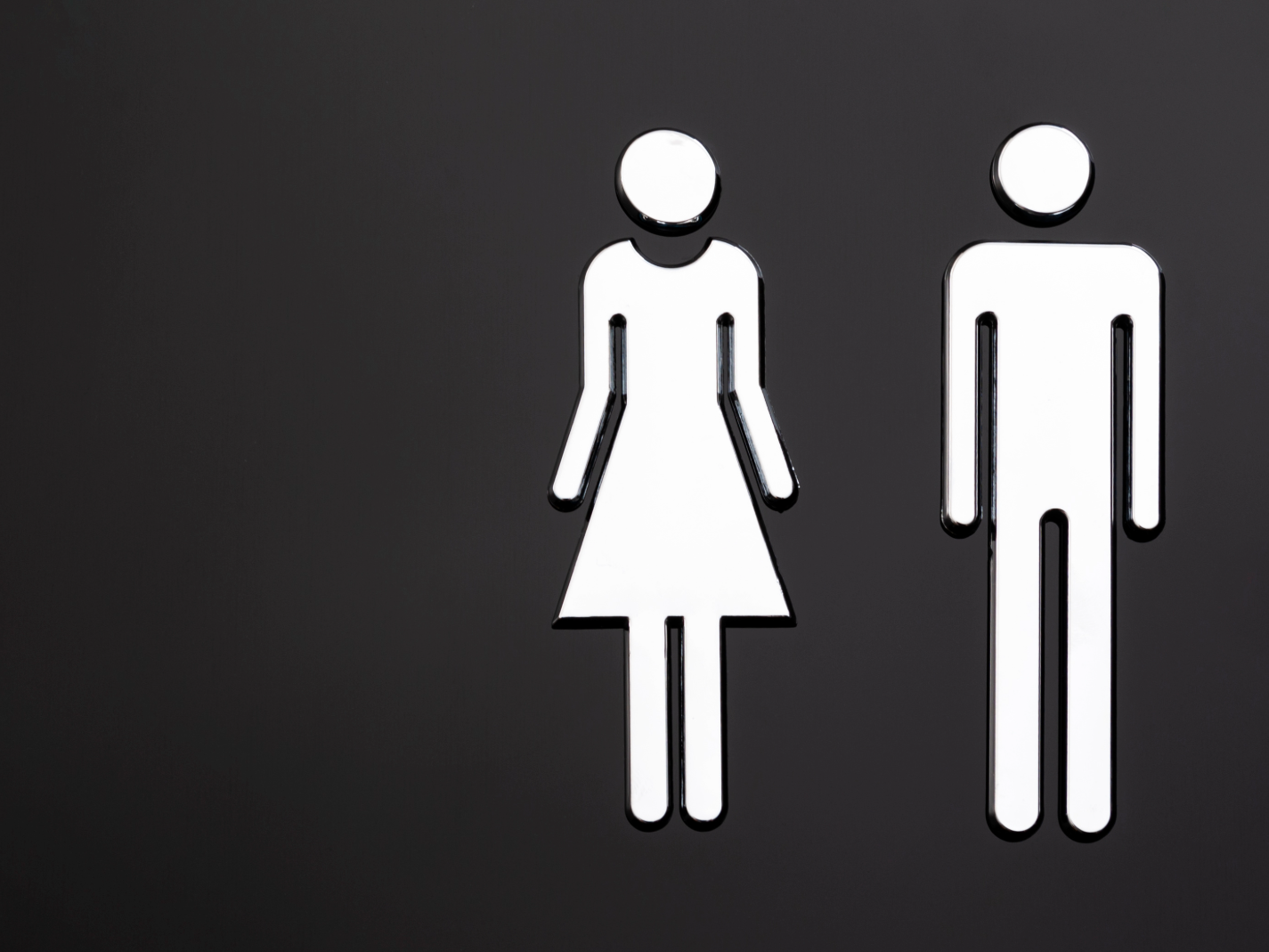
Once upon a time, long, long ago, in a land that now seems alien to us, sexual segregation was the order of the day. There were men’s bathrooms, and there were women’s bathrooms, and never the twain would meet.
Dormitories at colleges were separated by gender. Strictly so. Some were for males; others were for females. They were not located cheek by jowl, either. There were even curfews for all girl students, none for boys. At the same age, females were more mature than males. These restrictions applied to senior females and not at all for freshman boys. Why? The former were physically weaker and could be raped and impregnated against their will; nothing of the sort applied to the latter, even though they were far less psychologically mature.
Nowadays, of course, at least at all “progressive” universities, there is integration. Males live cheek-by-jowl with females, not only in the same dormitories but on the same floors.
Bathrooms, too, have undergone radical changes.
No longer is there any separation by gender, at least not at “elite” institutions of—supposedly—higher learning. These facilities are more and more featuring floor to ceiling doors that can be closed off, with a single toilet in them. These can be used by anyone, regardless of gender, as can be the numerous sinks located close by.
We all know why these changes have taken place: it is to accommodate people who have changed from male to female or vice versa, are in the process of doing so, or perhaps are thinking about making such a transition.
We have transitioned from one extreme to another, moving from a complete lack of accommodation for the transgender community to now fully and comprehensively accommodating their needs. We have gone so far as to allow males to ruin female competitions in swimming, track and field, and more. It is time to organize athletic events for those who fit into this category and no longer allow them to compete against biological women.
What would a more rational system look like?
Here’s a simple idea: keep the traditional segregated bathrooms as they are, but make some adjustments to accommodate new gender-neutral options. Instead of replacing the old with the new, why not have both? This way, everyone’s preferences can be met.
Is this moderate plan likely to be enacted? It is not likely. In virtually every instance I have seen in which the new format has been established, the old one has totally disappeared. It is as if there is only room for one style, and the old one has been rejected as sexist.
This one-size-fits-all philosophy pervades our society. Should we substitute “Asian” for “Oriental” according to wokesters? Yes, of course, and all must do so; we cannot tolerate any deviation from this insight on the part of anyone.
Similarly, we must all spell “black” with a capital letter when referring to people but need not do so for “white.” All of us must replace “Miss” with “Ms.” “Eskimo” is no longer welcome in polite, that is, “progressive” society; we must all use the word “Inuit.” “Negro” has also given way to “black,” despite the continued existence of the United Negro College Fund, and “colored people” has been replaced by “people of color,” except, of course, for that “National Association of Colored People.”
Some, it would seem, are exempt from these new rulings.
Photo by Victor Moussa — Adobe Stock — Asset ID#: 454190223
What surprised me was the number of women who fought (as soldiers) on both sides of the US Civil War — often only being discovered when they were wounded or killed — they had cut their hair short and passed as teenaged boys.
The reason they weren’t discovered earlier was the level of personal privacy which existed at the time, apparently even in the Army. That had definitely changed by WWII although with the presumption that no one was gay, it wasn’t a big deal. But with “homosexuality” no longer a criminal offense nor mental illness (the DSM-III, published in 1980, removed it), along with increasing acceptance of gays & lesbians, this was no longer true.
And that was the real end of sexual segregation — and a return to individual privacy is really the only realistic approach.